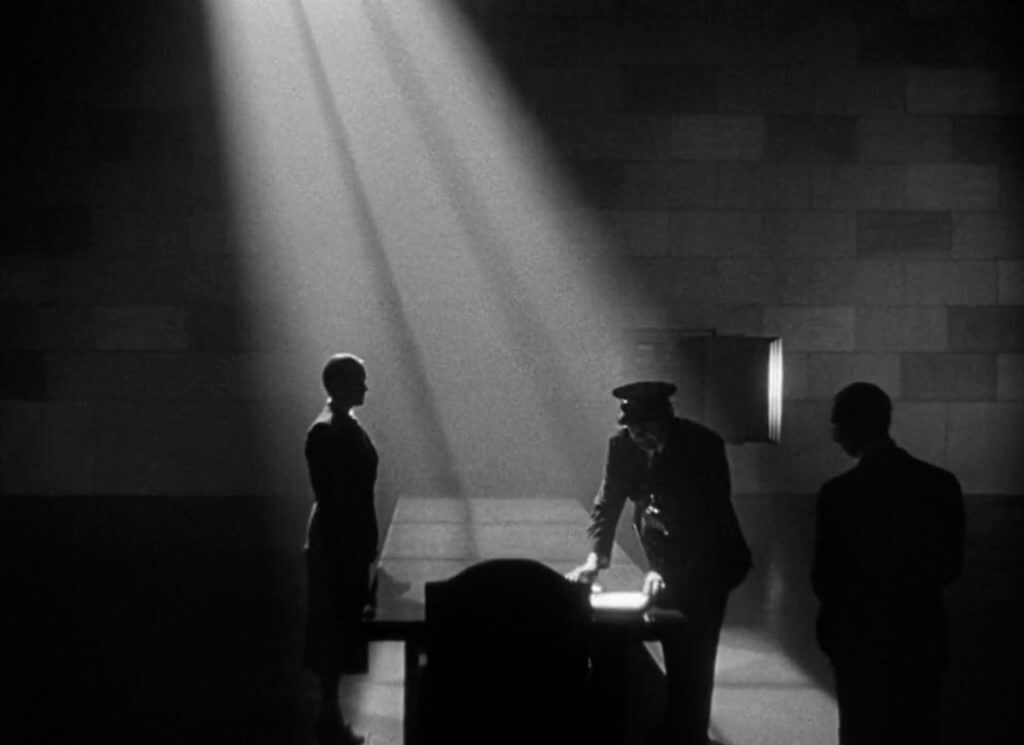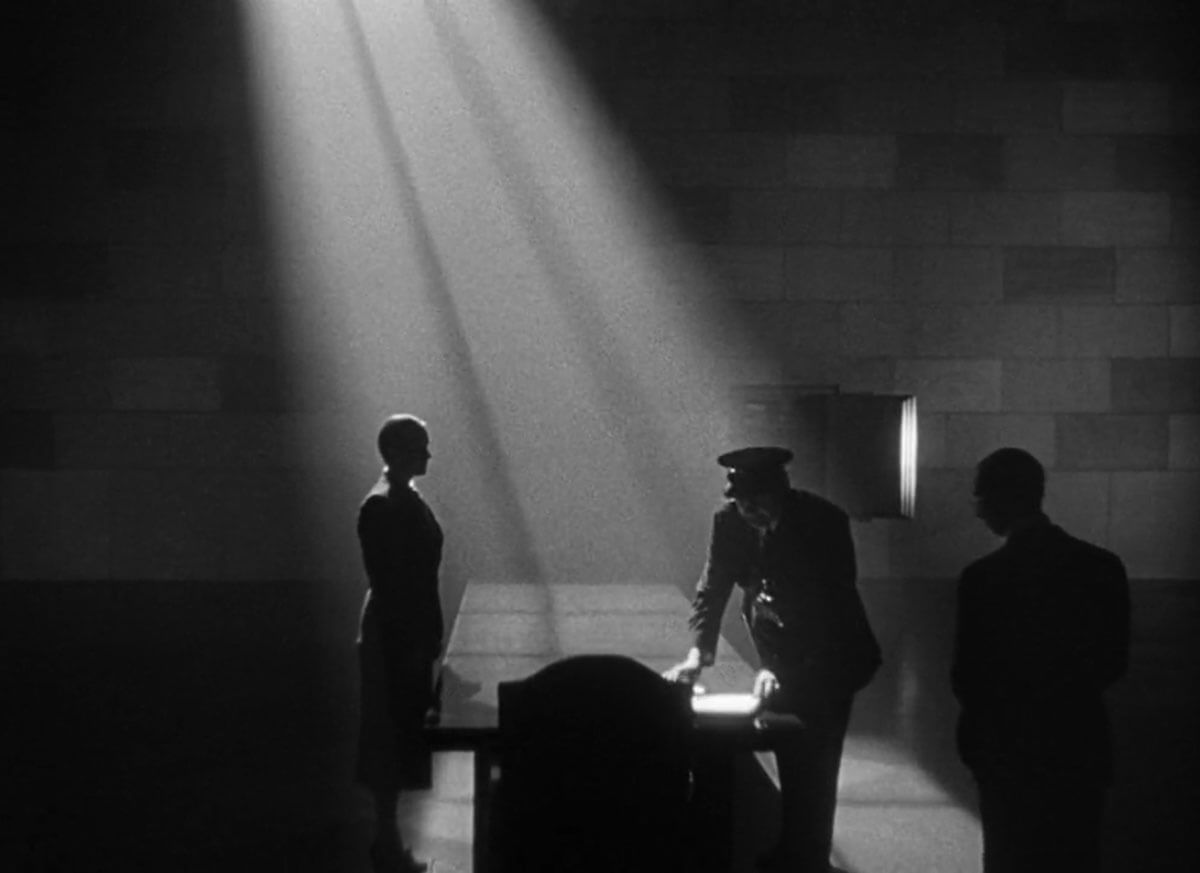Orson Welles 1941 film Citizen Kane is considered significant for its technical innovations with its use of deep focus lenses low angles high contrast lighting long takes and dissolves. Due to the nature of Charles Kane having an ultimately tragic story and an unsympathetic character arc the use of lighting to represent good would be inaccurately utilized.

The Lighting Of Citizen Kane Media Design And Criticism
Filmmaking by studying various forms of movie making and combining them all into one.

. Three point lighting fill light key light high key and low key lighting top or under lighting and many more. Film Techniques Citizen Kane 1941 Film scholars and historians view Citizen Kane as Welles attempt to create a new style of. Whereas Kane was given low-key lighting with a shadow casted on him the entire time.
Citizen Kane is considered by many critics and experts to be the greatest film ever madeFor 50 consecutive years it stood at number 1 in the British Film Institutes Sight. Posted on September 4 2015. For example lighting techniques were used within the scene where Susan was leaving Kane.
In fact throughout the film Welles uses lighting to give his settings dynamic gradients and compelling shadows. In Citizen Kane Orson Welles and Greg Toland brilliantly use techniques like lighting camera angle and scene composition to evoke emotion and feeling within the viewer. In cinematography there is different types of lighting such as.
As such a likely explanation for the use. This becomes most apparent just after the. The most innovative technical aspect of Citizen Kane is the extended use of d focus eep.
Its more than just dark shadows and bright lights. Film historians and critics consider Citizen Kane as one of the major motion pictures of the time. Throughout the film lighting sets the mood of the scene and helps the viewer distinguish between who is a good character and who is a bad character.
Gregg Toland the cinematographer Welles chose for Citizen Kane had used the technique in an earlier film he had worked on The Long Voyage Home but Citizen Kane marked the first time it was used so extensively or effectively. The Use Of Light In The Film Citizen Kane. Citizen Kane is a 1941 drama film directed by Orson Welles and praised for its innovative sound and editing methods in cinematography.
In my essay I will be analyzing the sequence. The Use Of Light In The Film Citizen Kane. Throughout the scene high-key lighting was given to Susan to represent her true value in Kanes life and control.
The use of lights in films helps create a meaning about what the scene is about and at times reveals a little more. Citizen Kane introduced Hollywood to the creative potential of other cinematic techniques as well. MankiewiczThe picture was Welles first feature film.
Citizen Kane is a 1941 American drama film directed co-written produced by and starring Orson Welles. Techniques such as single source lighting creative use of shadows montage obscure camera angles and deep focus photography make the film more enthralling visually but also contributed to the narrative and many of the themes. Throughout the movie Citizen Kane 1941 the director Orson Welles plays with lighting to give his settings dynamic gradients and strong shadows.
In many situations in cinema darkness and light are used to symbolize good and evil but that is not the case in Citizen Kane. This was Welless first feature film. Orson Welles used the cameo lighting technique frequently in his 1941 masterpiece Citizen Kane.
Mise-en-scene in Citizen Kane. The production of the film brought to the field new techniques in focus shots transitions and lighting. In the times when films were black and white the use of light is not easily visible.
In films a big concept has always been the use of lights. From scene to scene lighting is a way to communicate something about the given characters and settings. The result as here is a rich mise-en-scène and depth-of-field within a single shot that layers Kane his about-to-be-sacked.
In cinematography there is different types of lighting such as. Of all the scenes with outstanding lighting techniques used in Citizen Kane one of the scenes that stood out most to me was Rosebud Dead or AliveBeing the third chapter in the movie we can already see how prevalent this particular component of mise-en-scene is the moment the film commences through the moment the big finishing letters The End fade on. With this film Welles introduced many new filmmaking innovations.
Welles use of lighting throughout the film directs the audiences focus expresses key aspects of characters. For example in Citizen Kane extreme deep focus diverse camera angles including low angles that exposed set ceiling and unusual use of lighting and deep shadows all these techniques were used in the. Three point lighting fill light key light high key and low key lighting top or under lighting and many.
The various camera techniques used by Orson in Citizen Kane were backlight Another dramatic technique used by Welles Throughout the film was the use of extreme backlight. Citizen Kane is an excellent example of sounds but it is also connected to different techniques such as movements and cinematography technique. As far as editing standards and regulations ranked in the 1940s Citizen Kanes film was purely innovative and revolutionary.
In Citizen Kane Orson Welles uses creative innovative lighting techniques to send the audience messages about the characters and the themes at hand in each scene. Citizen Kane is famous for its use of deep focus photography keeping all elements in the frame in focus simultaneously which required innovative combinations of camera lenses lighting and composition. Experimenting with creative storytelling techniques and non-linear plot construction the director treated the time parameter sensitively replacing time continuity of real scene by a subjective continuity controlling the rhythm and.
From the use of this extreme backlight Welles concealed the identity of. In every scene of the movie the lights are manipulated to communicate something about the given setting or characters. Some of the innovations were in cinematography storytelling techniques and special effects lighting.
Within Citizen Kane the cinematographic techniques enhance the narrative by strategically utilizing formal features i. Deep focus positioning and lighting to expose the myth of the living the American Dream and represent the characters. Citizen Kane is a 1941 American drama film produced by directed by and starring Orson WellesHe also co-wrote the screenplay with Herman J.
Some of the striking stylistic elements of Citizen Kane include its expressionistic use of lighting its dizzying variety of camera angles and movements its range of camera positions from the extreme close-up to the panoramic longshot its use of wide angle lenses and deep focus to create scenes of a three dimensional background and its inversion of the common setup shot. One such innovation was a technique known.

6 Ways To Citizen Kane Your Film

Cameo Lighting Explained What It Is And How To Use It Videomaker

Make The Most Of Mood Lighting Ecg Productions
Lighting In Citizen Kane Blunt Comedy Reviews By Conor Chepenik

Make The Most Of Mood Lighting Ecg Productions

Cameo Lighting Explained What It Is And How To Use It Videomaker

6 Ways To Citizen Kane Your Film

Cameo Lighting Explained What It Is And How To Use It Videomaker
0 comments
Post a Comment